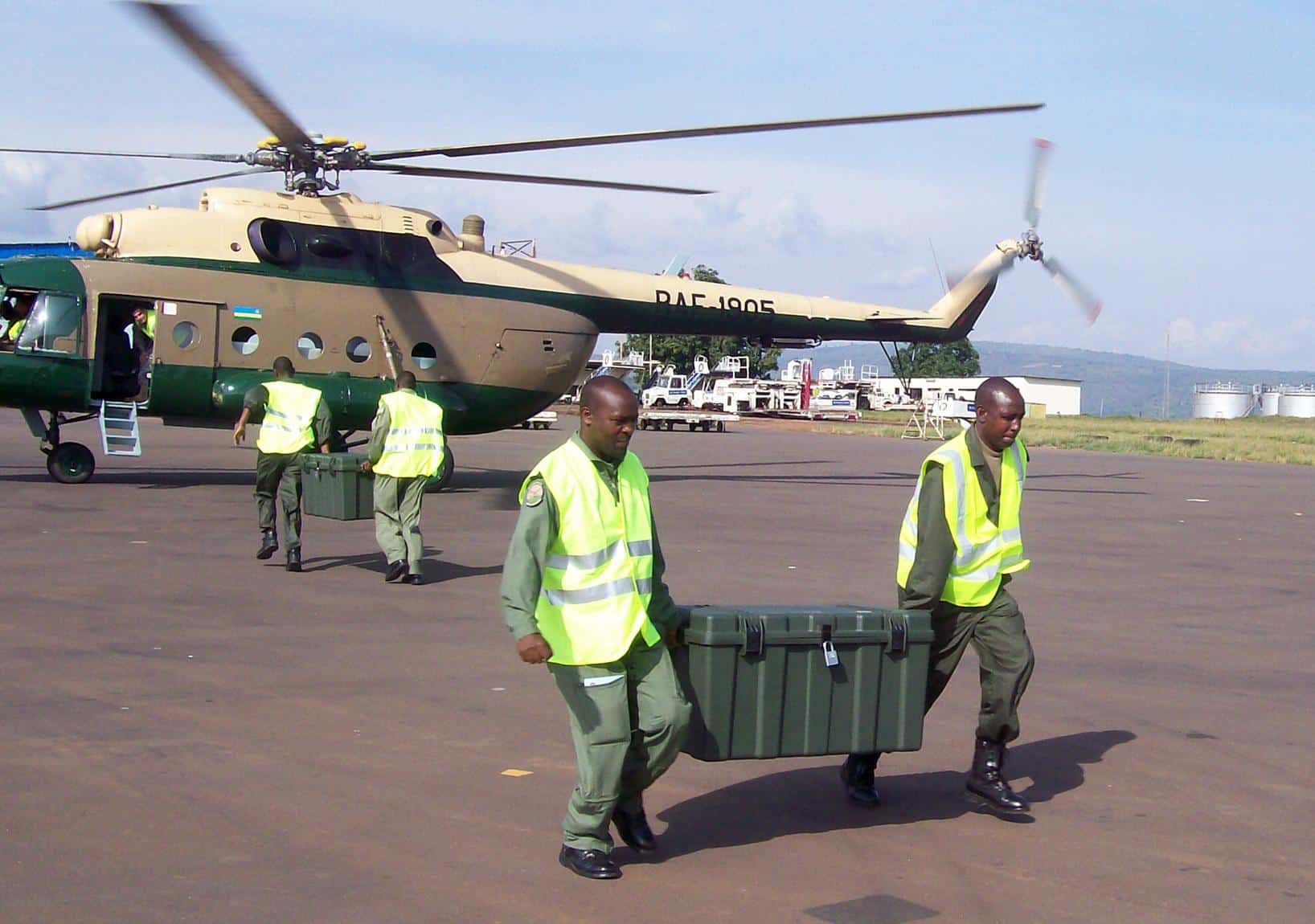
The world is considerably less peaceful than it was a decade ago. More than fifty concurrent conflicts rage across the world today. Even when the dust settles and a ceasefire is agreed upon, maintaining that fragile peace is difficult. For 76 years, the United Nations has sent peacekeeping missions to some of the world’s most troubled spots. The results have been mixed. Some, like Cambodia, were successes, while others, such as Rwanda, were unmitigated disasters.
Today, the UN has 11 active peacekeeping missions worldwide. This article will examine the state of each mission, what prompted it, and what the future may hold.
Why This Matters

The role of peacekeepers has come under greater scrutiny in recent years. While there are certainly problems with their strategy and conduct, these missions are tasked with extremely difficult and dangerous mandates. It is important to understand the stories and circumstances behind each mission.
UNMIK – United Nations Interim Administration Mission in Kosovo

Location: Kosovo
Began: June 1999
Military personnel: 18 (police and military observers)
Top contributors: Slovenia, Austria, Poland, Finland, Hungary
Fatalities: 56
The UN established an interim administration in Kosovo after the end of the conflict in 1999. Kosovo declared independence in 2008, and while most nations recognize it, Russia and China, both permanent members of the Security Council, oppose it. Most of the UN mission’s functions have since been transferred to the European Union Rule of Law in Kosovo Mission (EULEX). Today, UNMIK is little more than a token presence in the area.
MINURSO – United Nations Mission for the Referendum in Western Sahara
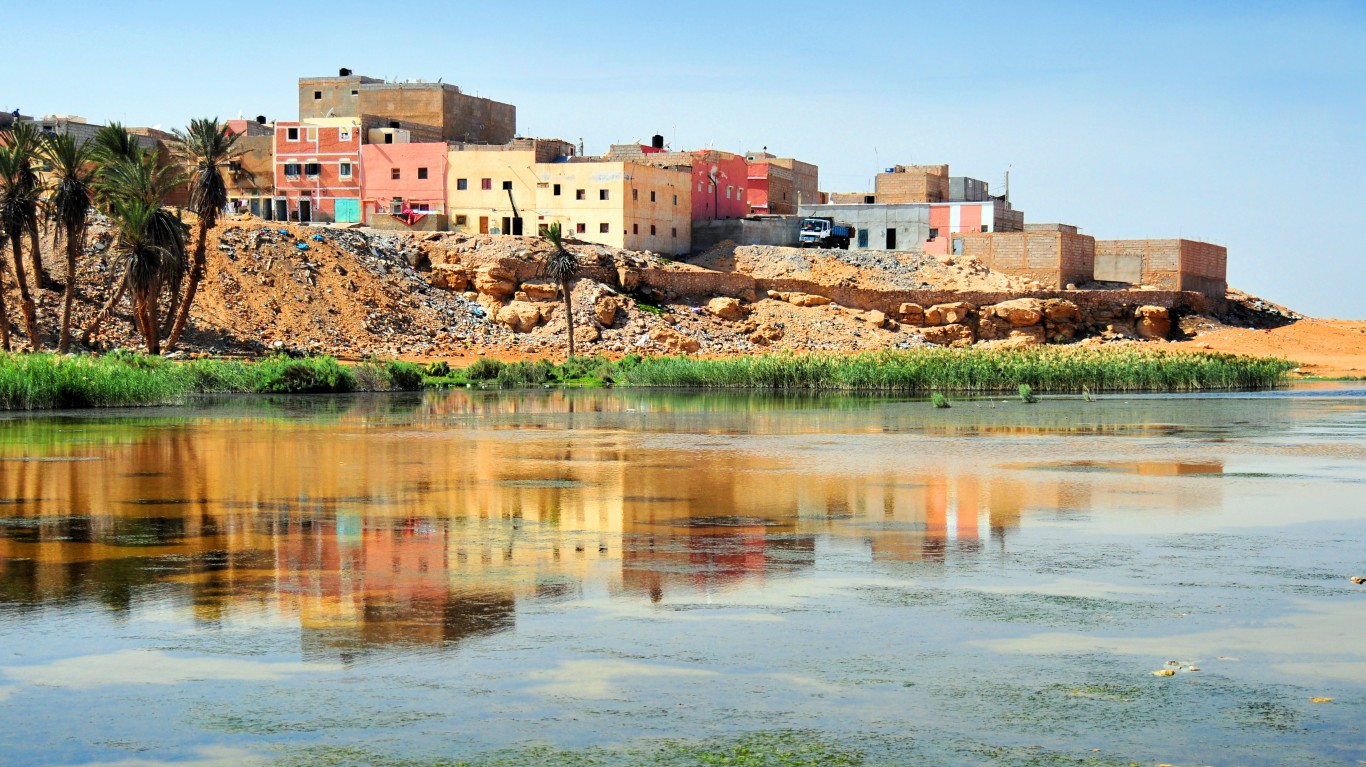
Location: Western Sahara
Began: April 1991
Military personnel: 245
Top contributors: Bangladesh, Egypt, Ghana, Honduras, Russia
Fatalities: 20
The Western Sahara dispute began when Spain withdrew in 1975. The UN brokered a ceasefire from the resulting conflict in 1991. Morocco oversees most of the disputed territory, with the remaining land controlled by the Sahwari Republic. The Polisario Front is the armed branch of the pro-independence movement fighting to break away from Morocco. The Western Sahara conflict has raged for over fifty years, and 173,000 Sahrawi people are displaced by the conflict and are in refugee camps in neighboring Algeria.
The UN mission in Western Sahara is to stabilize the region so a referendum on the territory’s future can occur. However, with little progress achieved, the decisive vote has not taken place. 37 nations now recognize Morocco’s claim, including the United States in 2020 and France in 2024. An autonomous region under Moroccan administration seems to be the most viable path forward for ending the long-running conflict.
UNFICYP – United Nations Peacekeeping Force in Cyprus
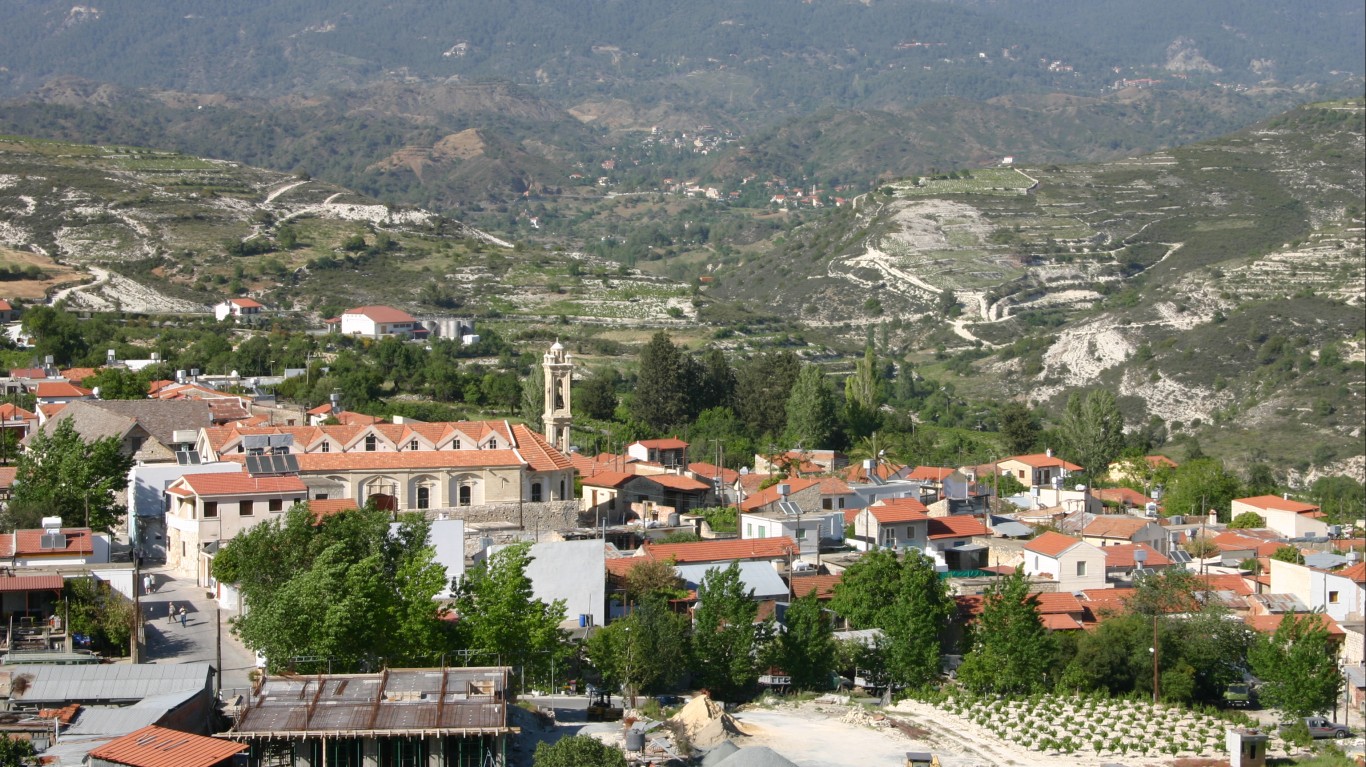
Location: Cyprus
Began: March 1964
Military personnel: 814
Top contributors: Argentina, United Kingdom, Slovakia, Hungary, Serbia
Fatalities: 183
The UN peacekeeping mission in Cyprus began in March 1964, after violence broke out between the Greek and Turkish communities in December 1963. The aftermath of “Bloody Christmas” still haunts the island today and remains a sticking point between Greece and Turkey.
In 1974, Turkey invaded Cyprus in response to a Greek-backed coup and effectively partitioned Cyprus. Cyprus was a British colony until 1960. The UK retains control over two military bases in Cyprus at Akrotiri and Dhekelia. The UN operates in the buffer zone created between Turkish Northern Cyprus and the Greek Republic of Cyprus. After 50 years, the Cyprus problem is yet to be solved.
UNMOGIP – United Nations Military Observer Group in India and Pakistan
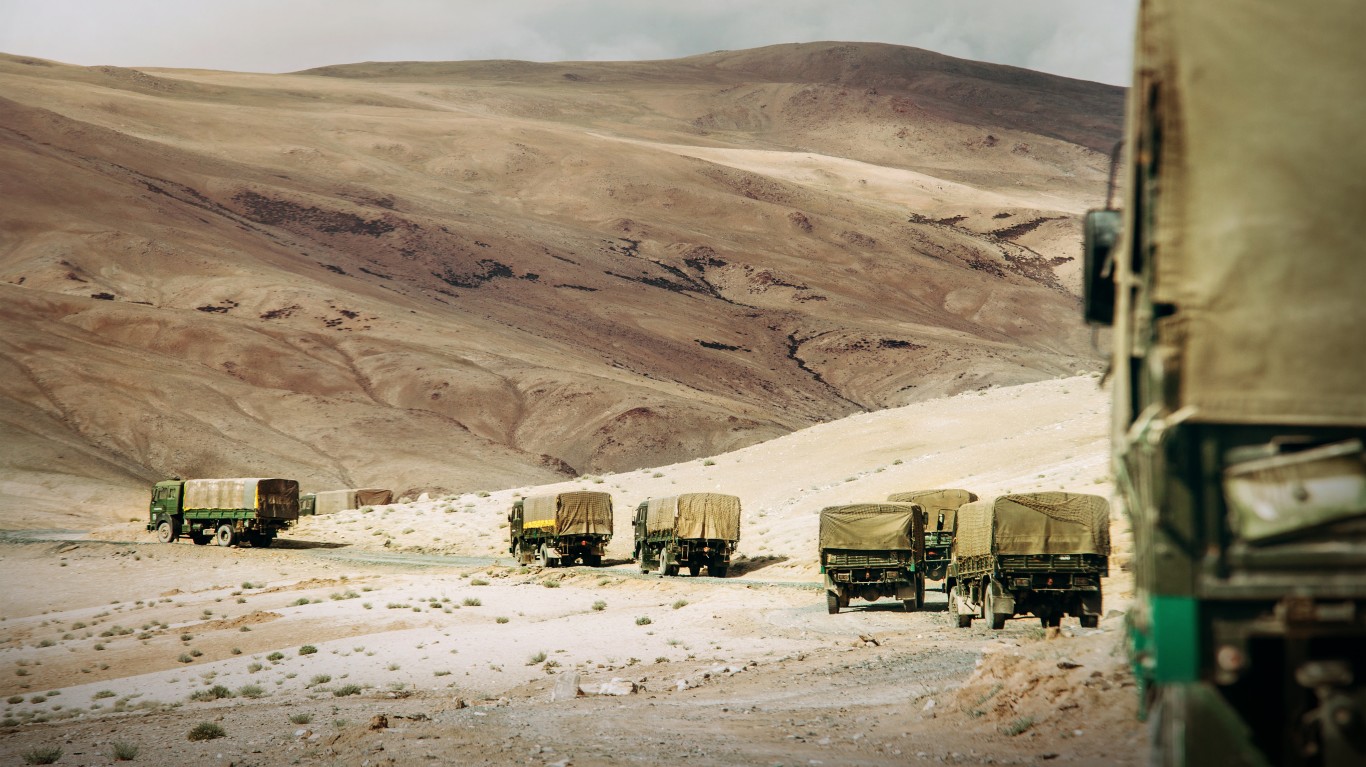
Location: India and Pakistan
Began: January 1949
Military personnel: 44 experts on mission
Top contributors: Croatia, Philippines, South Korea, Thailand, Argentina
Fatalities: 13
The UN mission in India and Pakistan began after hostilities between the two states ended with the Karachi Agreement in 1949. After breaking away from Britain in 1947, India was partitioned into two new states: India and Pakistan (and East Pakistan, now Bangladesh). The divide was far from peaceful and led to open conflict over control of Kashmir and Jammu. Further conflicts broke out in 1965 and 1971. The latter saw India assist East Pakistan in seceding from Pakistan to form the independent nation of Bangladesh.
After the two countries gained nuclear weapons in the 1970s, the sakes rose but aside from a brief skirmish in 1999, an uneasy peace has held. The UN presence in the region is now just a handful of observers.
UNTSO – United Nations Truce Supervision Organization

Location: Middle East
Began: May 1948
Military personnel: 151 experts on mission
Top contributors: Finland, Australia, Ireland, Norway, Switzerland
Fatalities: 52
UNTSO is the first peacekeeping mission established by the United Nations. It was formed in the aftermath of the Arab-Israeli War of 1948. UNTSO is headquartered in Jerusalem but operates across the Middle East. It is active in Egypt, Israel, Jordan, Lebanon, and Syria. The mission was limited by design, unarmed military observers were tasked with monitoring ceasefires, supervising armistice agreements, and mediating disputes. The mission was initially successful in mediating, but its limited presence meant it was powerless to prevent escalations amid mounting tensions. UNTSO could do little to stop the 1956 Suez Crisis or the wars of 1967 or 1973.
UNTSO supports other peacekeeping missions in the region, including the missions in Golan and Lebanon.
UNDOF – United Nations Disengagement Observer Force

Location: Golan
Began: May 1974
Military personnel: 1,117
Top contributors: Nepal, Uruguay, India, Fiji, Kazakhstan
Fatalities: 58
UNDOF is another long-term UN peacekeeping operation stationed in the Middle East. Israel occupied the Golan Heights during the brief but intense 1967 war. Six years later, Syria launched a surprise attack as part of the wider 1973 conflict to regain lost ground but was pushed back even further by Israeli forces.
In 1974, the UN sent peacekeeping forces to Golan to maintain the ceasefire line. The UNDOF zone separates Israeli and Syrian territory as a de facto border. The narrow deployment line runs from Lebanon to Jordan. The peacekeepers have occasionally been caught up in the ongoing civil war in Syria. 45 Fijian peacekeepers were abducted by rebels in 2014 but later released.
UNFIL – United Nations Interim Force in Lebanon

Location: Lebanon
Began: March 1978
Military personnel: 13,000
Top contributors: Indonesia, India, Nepal, Ghana, Italy
Fatalities: 337
UNIFIL was established in 1978 after the South Lebanon conflict. UNIFIL was initially tasked with confirming Israel’s withdrawal, restoring peace and security, and assisting Lebanon’s government in the area. UNIFIL’s mandate expanded after subsequent conflicts in 1982 and 2006. After the 2006 mandate expansion, the mission oversees humanitarian efforts, monitors the cessation of hostilities, and border security.
UNIFIL is one of the most dangerous peacekeeping missions, with over 300 personnel killed since its inception. Four unarmed observers died after an Israeli attack in 2006. Recently, the mission has come under greater scrutiny when Israeli forces launched cross-border incursion against Hezbollah forces in the region. Two peacekeepers were injured by the IDF in October 2024, an attack roundly condemned by the international community.
MINUSCA – United Nations Multidimensional Integrated Stabilization Mission in the Central African Republic

Location: Central African Republic
Began: April 2014
Military personnel: 14,400
Top contributors: Rwanda, Bangladesh, Pakistan, Nepal, Egypt
Fatalities: 203
MINUSCA was deployed to the Central African Republic in 2014 to subsume earlier peacekeeping efforts in response to the deteriorating situation. Since 2013, the Central African Republic has been embroiled in civil war. Large swathes of the country are not under government control. The UN mission seeks to stabilize the country, disarm rebel groups, and protect civilians.
However, MINUSCA has had limited success and faces accusations over the conduct of the peacekeeping forces. As a result, the mission is deeply unpopular in the country and faces an uncertain future.
MONUSCO – United Nations Organization Stabilization Mission in the Democratic Republic of the Congo
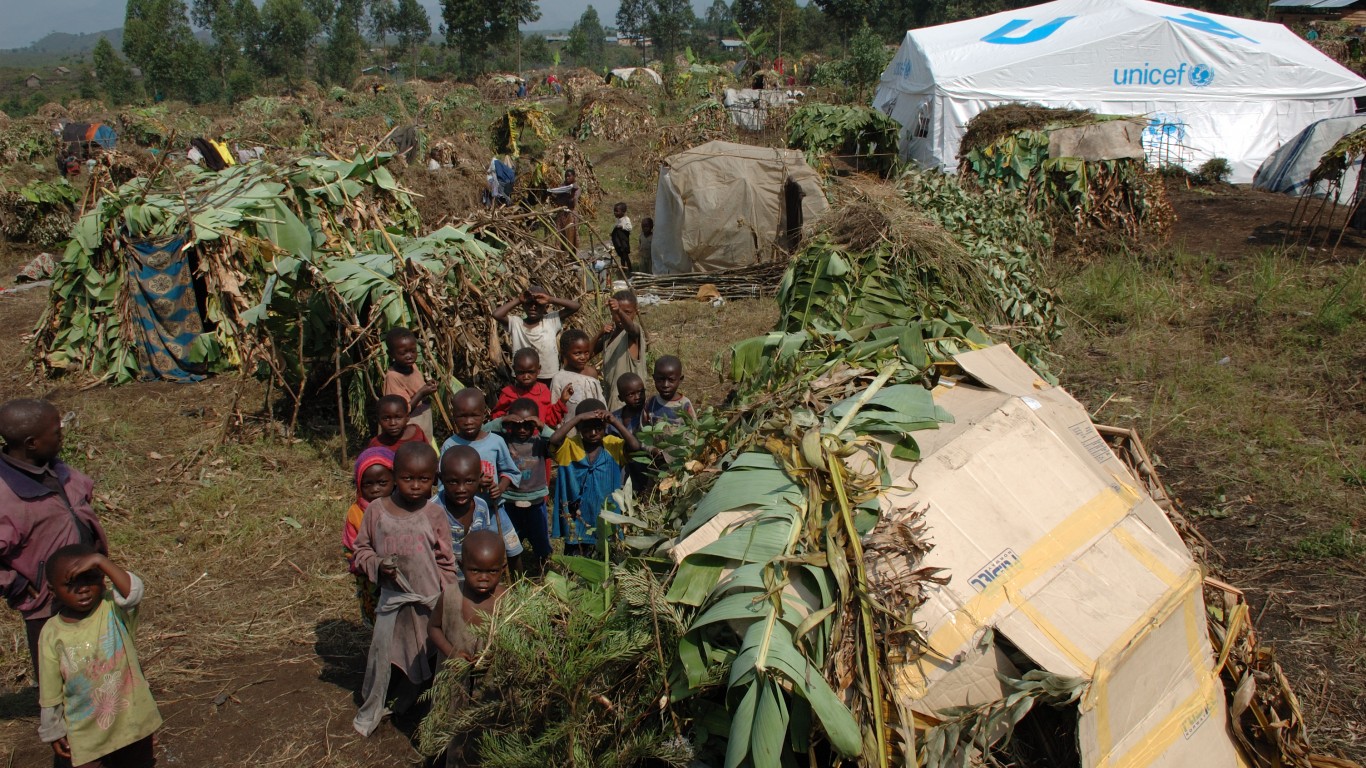
Location: Democratic Republic of the Congo
Began: July 2010
Military personnel: 14,000
Top contributors: Bangladesh, Nepal, South Africa, India, Indonesia
Fatalities: 283
UN peacekeepers were first deployed to the Democratic Republic of the Congo in 1999. MONUSCO took over from the earlier mission in 2010 with an expanded mandate to protect civilians and human rights. In October 2013, the mission took the rare step of launching a military offensive against the March 23 Movement (M23).
With M23 threatening civilians in Goma, the UN and Congolese armed forces worked together to drive the rebels out of the area. The operation was successful, and M23 disbanded soon afterward. However, the group has since returned and is one of several armed groups active in eastern Congo. In December 2023, the UN voted to withdraw its peacekeepers within the year, however, only the first phase has been completed. There is no firm timetable for the next phase. The mineral-rich but deeply troubled African nation faces an uncertain future.
UNISFA – United Nations Interim Security Force for Abyei

Location: Abyei (between Sudan and South Sudan)
Began: June 2011
Military personnel: 3,550
Top contributors: Bangladesh, Ghana, India, Pakistan, China
Fatalities: 57
Abyei is a disputed region on the border of Sudan and South Sudan. Rich in oil and pasture lands, the region’s status is a major source of tension between the two nations. Violence has been endemic in the area since South Sudan gained independence in 2011. The UN dispatched peacekeepers to the region to monitor humanitarian aid and protect civilians and aid workers. Ultimately, the mission in Abyei seeks to stabilize the area so a definitive referendum on Abyei’s future can take place.
However, constant clashes between rival groups have stunted progress. In January 2024, one peacekeeper and dozens of civilians were killed in a series of attacks.
UNMISS – United Nations Mission in the Republic of South Sudan
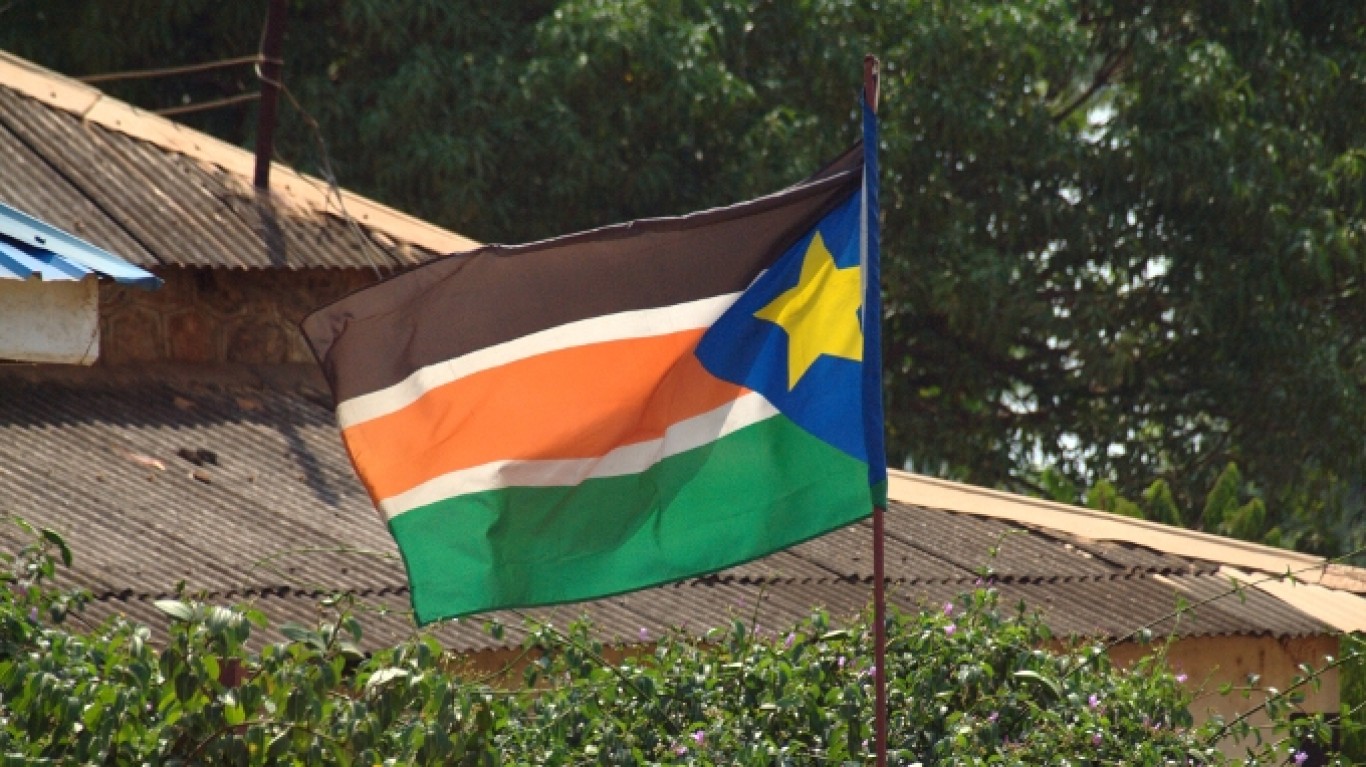
Location: South Sudan
Began: July 2011
Military personnel: 17,000
Top contributors: Rwanda, India, Nepal, Bangladesh, Ethiopia
Fatalities: 141
South Sudan is the world’s newest country, but old problems die hard. The 2005 peace agreement that ended the second Sudanese Civil War included a provision for a future independence referendum. In January 2011, 99% of South Sudanese voters backed independence. The UN mission was intended to help stabilize the new country’s development.
However, a power struggle between President Salva Kiir and Vice President Riek Machar ignited a brutal civil war in 2013. Accordingly, the UN bolstered its presence in South Sudan, but UNMISS was heavily criticized for failing to protect civilians during violent clashes in the capital, Juba, in 2016. The civil war ended in 2020, but it faces many dire problems today. The ongoing civil war in Sudan is causing huge numbers of refugees to flee to the south. Additionally, South Sudan was recently hit with devastating flooding affecting a million people and worsening the country’s already severe health crisis.
Conclusion
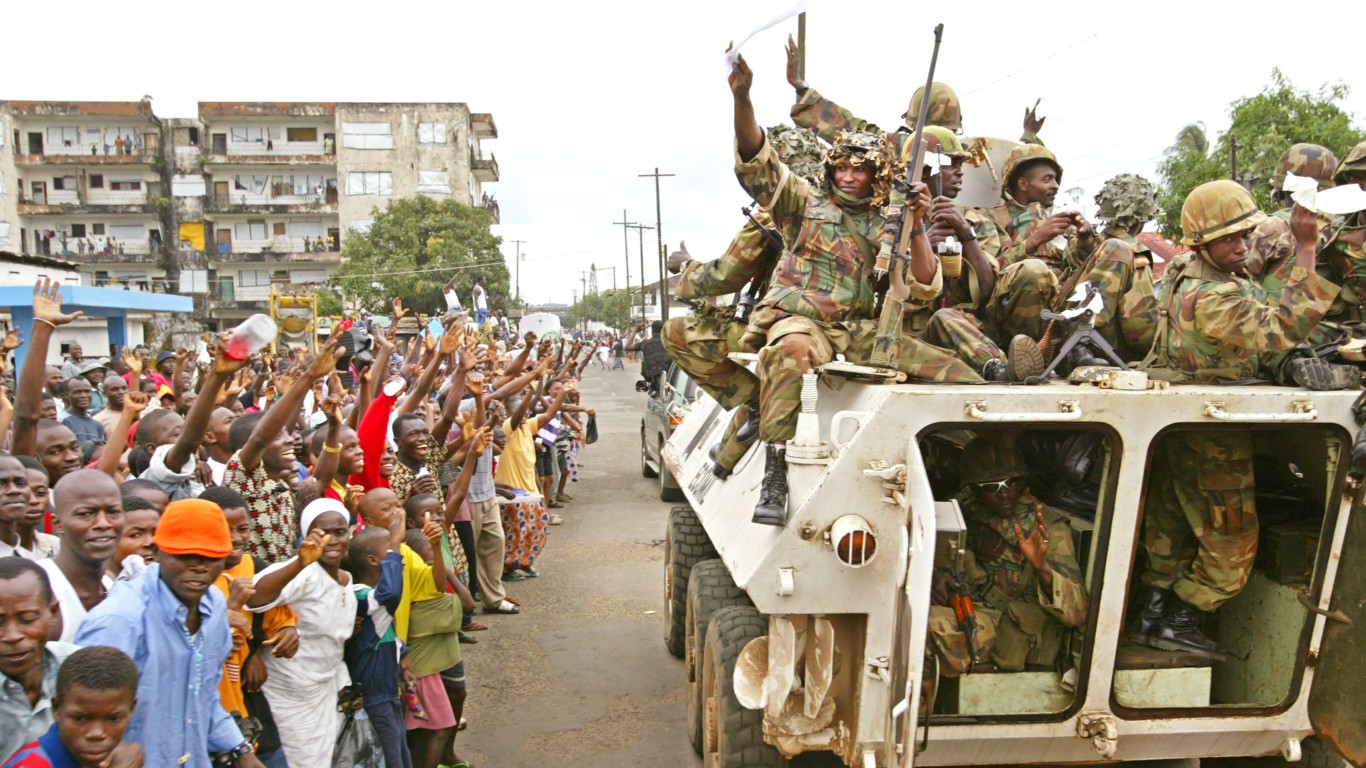
Take Charge of Your Retirement In Just A Few Minutes (Sponsor)
Retirement planning doesn’t have to feel overwhelming. The key is finding expert guidance—and SmartAsset’s simple quiz makes it easier than ever for you to connect with a vetted financial advisor.
Here’s how it works:
- Answer a Few Simple Questions. Tell us a bit about your goals and preferences—it only takes a few minutes!
- Get Matched with Vetted Advisors Our smart tool matches you with up to three pre-screened, vetted advisors who serve your area and are held to a fiduciary standard to act in your best interests. Click here to begin
- Choose Your Fit Review their profiles, schedule an introductory call (or meet in person), and select the advisor who feel is right for you.
Why wait? Start building the retirement you’ve always dreamed of. Click here to get started today!
Thank you for reading! Have some feedback for us?
Contact the 24/7 Wall St. editorial team.


